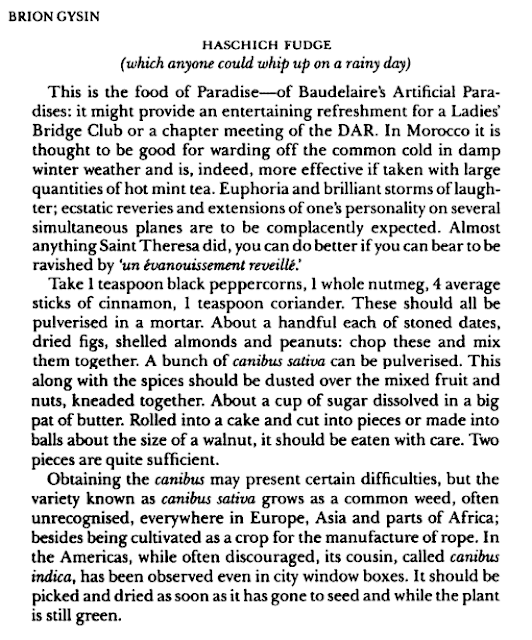How long has shampoo been around? A long time, right? Well, hang on — there was that large period of human history in which people didn’t wash, wasn’t there? The Middle Ages? The Dark Ages? Back when they thought ridding the body of its greasy filth was bad for you, right? The era that comes to mind once in a blue moon when you’re clipping your nails and wonder how folks gave themselves pedicures before the invention of nail clippers. Or scissors. Did they chew their toenails off? People were hairy in those days — after all, no safety razors. Before sharp knives, did they depilate with lava rock? Probably. And the teeth — it doesn’t bear thinking about. Compared to the whole teeth (and oh God, menstrual blood) situation, shampooing seems like rather an effete luxury.
Truth is, people didn’t bother with shampoo much before the 1970s — yes, the nineteen-seventies. Farrah Fawcett’s hair went a long blonde way towards convincing women that they needed to shampoo their hair regularly. Shampoo (from the Hindi word, champo) had been around since the turn of the century, mostly in the form of a soap and surfactant, and the Mughals used shampoo consisting of an alkali and essential oils for donkey’s years before that. Originally it meant to massage these oils into the scalp, rather than washing the hair, per se.
So what did ordinary people do before the seventies? They used eggs. The protein in eggs actually makes a wonderful shampoo, leaving the hair all glossy and strong. Egg shampoos are coming back in the expensive salons as an all-natural treatment, but you can always do it yourself at home for dead cheap.
Kentucky Receipt Book, Mary Harris Frazer, 1903
Also from this book: To Remove Freckles, Toast Water, Backbone, Mock Turtle Soup, This'll Help You Breathe Easier












































